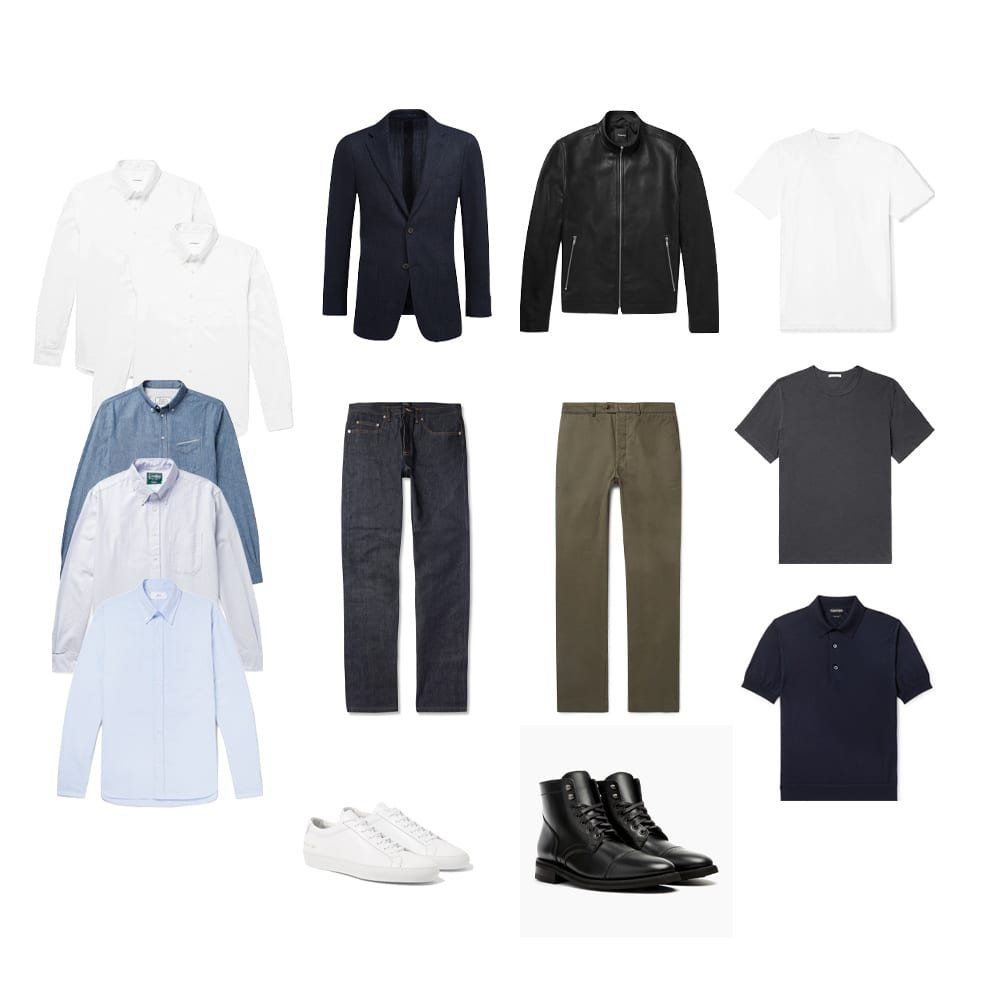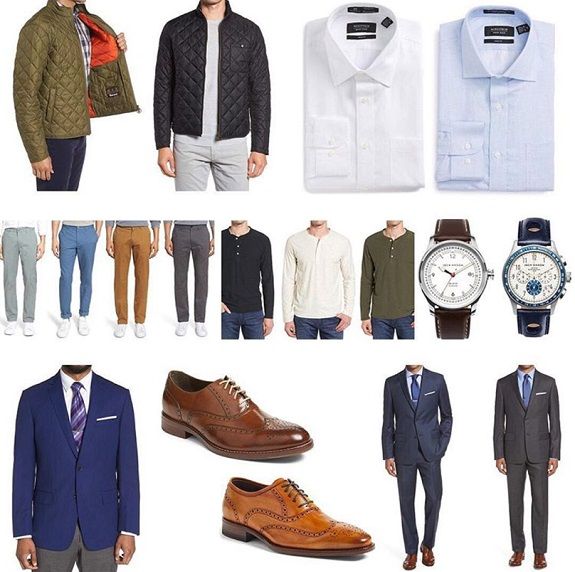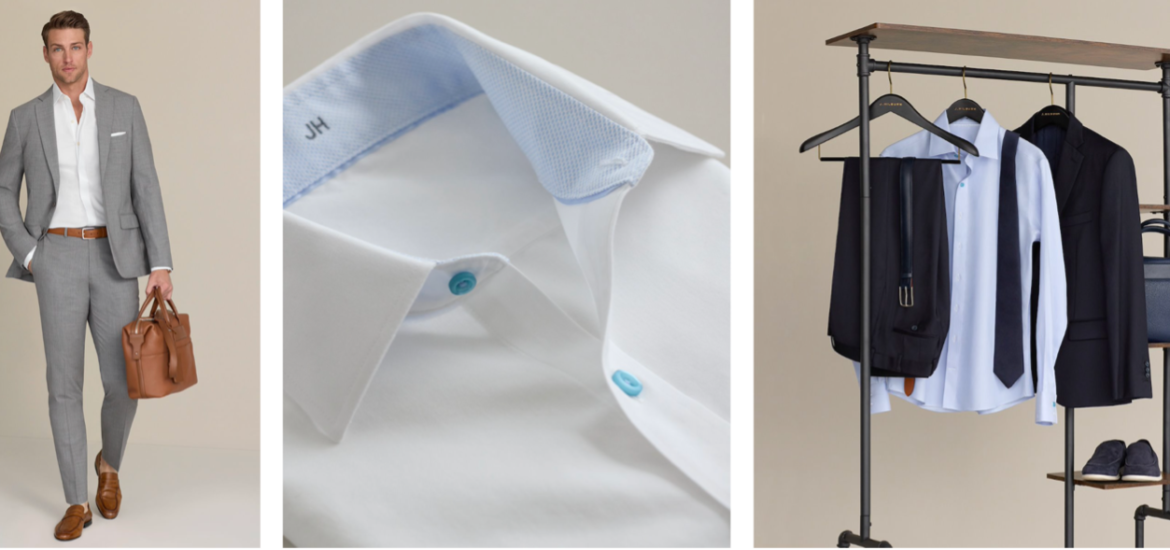What is a Wardrobe Capsule
...and, more importantly, what does it do for you?
Have you heard of the term "capsule" in the men's clothing context? The name may be new, but the concept based-upon common sense dressing is not new at all. A capsule wardrobe is a collection of versatile and timeless clothing items that can be mixed and matched to create a variety of outfits. The concept of a capsule wardrobe has gained popularity in recent years due to its practicality, sustainability, and style. In this article, we will provide you with a step-by-step guide on how to build a capsule wardrobe that suits your personal style and budget.
This means that you can mix and match fairly liberally and rarely, if ever, come out looking like a circus clow. Got it? Let's look at some steps to success here.

Step 1: Declutter Your Wardrobe
The first step in building a capsule wardrobe is to declutter your existing wardrobe. This means going through all your clothes, shoes, and accessories and getting rid of anything that you haven’t worn in the past year, doesn’t fit you well, or doesn’t suit your personal style. You can donate, sell, or recycle these items. Decluttering your wardrobe will help you identify the items that you actually wear and like, and create space for new items.
Step 2: Choose Your Core Capsule Pieces
The second step in building a capsule wardrobe is to choose your core capsule pieces. These are the essential items that form the foundation of your wardrobe and can be styled in different ways. The number of core capsule pieces can vary depending on your lifestyle, climate, and personal preferences, but a good rule of thumb is to have around 30-40 items. Here are some examples of core capsule pieces:
· Tops: T-shirts, blouses, button-down shirts, sweaters, cardigans.
· Bottoms: Jeans, trousers, shorts.
· Outerwear: Jackets, coats, blazers.
· Shoes: Sneakers, boots, sandals, dress shoes.
· Accessories: Bags, belts, scarves, hats.
When choosing your core capsule pieces, consider the following factors:
· Color palette: Choose a color palette that suits your skin tone, hair color, and personal style. Neutral colors like black, white, gray, beige, and navy are versatile and timeless, while bold colors like red, green, and yellow can add personality and interest to your outfits. (But, not everyone can pull it off without the clown element, you know.)
· Fit and comfort: Choose items that fit you well, flatter your body shape, and feel comfortable to wear. Avoid items that are too tight, too loose, or too short.
· Quality and durability: Choose items that are made of high-quality materials, are well-constructed, and can withstand frequent wear and washing. Avoid items that are cheaply made, prone to wrinkles, or require special care.
"...Avoid items that are cheaply made, prone to wrinkles, require special care"

Step 3: Create 10 Everyday Outfits
The third step in building a capsule wardrobe is to create 10 everyday outfits using your core capsule pieces. This will help you visualize how your wardrobe can work together and identify any gaps or redundancies. Here are some examples of everyday outfits:
· Outfit 1: White T-shirt, blue jeans, sneakers, black leather jacket.
· Outfit 2: Black turtleneck, gray trousers, black loafers, camel coat.
· Outfit 3: Striped shirt, denim jacket, neutral chinos
· Outfit 4: Gray sweater, black jeans, white sneakers, beige trench coat.
· Outfit 5: White button-down shirt, navy trousers, brown oxfords, black blazer.
· Outfit 6: Black chinos, Gingham shirt.
· Outfit 7: Beige sweater, blue jeans, white sneakers, black leather jacket.
· Outfit 8: White blouse, black trousers, black loafers, camel coat.
· Outfit 9: Gray T-shirt, white sneakers, denim jacket.
· Outfit 10: Black sweater, blue jeans, brown oxfords, beige trench coat.
When creating your everyday outfits, consider the following tips:
· Mix and match: Experiment with different combinations of tops, bottoms, and outerwear to create new outfits. For example, you can wear a blazer with jeans.
· Layering: Layering is a great way to add depth and interest to your outfits. You can layer a sweater over a shirt, a blazer over a T-shirt, or a coat over a dress.
· Accessories: Accessories can help elevate your outfits and add personality. You can wear a scarf, a hat, a belt to complete your look.
The Wrap Up:
So, be the king of your capsule. (Get it? Sorry.) Building a capsule wardrobe is a great way to simplify your life, save money, and look stylish. Oh, the time savings not standing there stressing over what goes with what! By following these three steps, you can create a capsule wardrobe that suits your personal style and budget. Remember to declutter your wardrobe, choose your core capsule pieces, and create the look and lifestyle you want!


